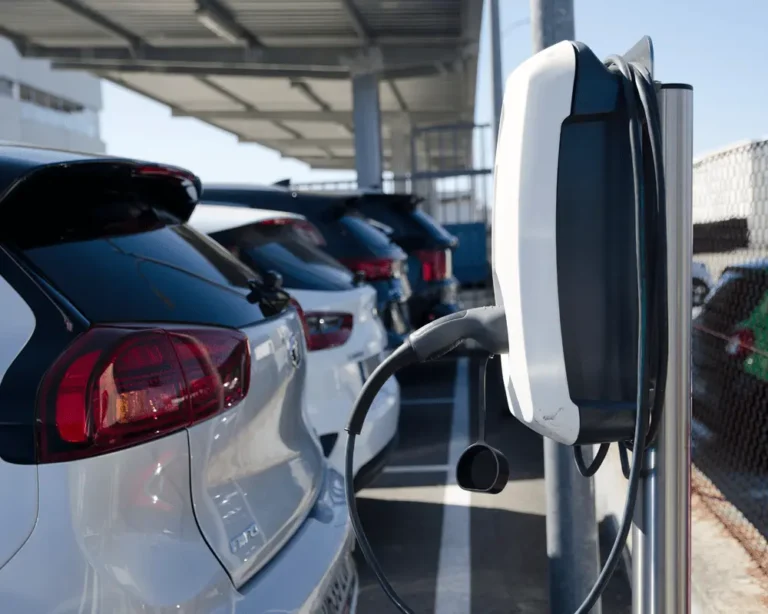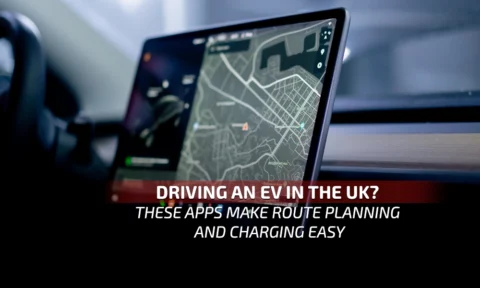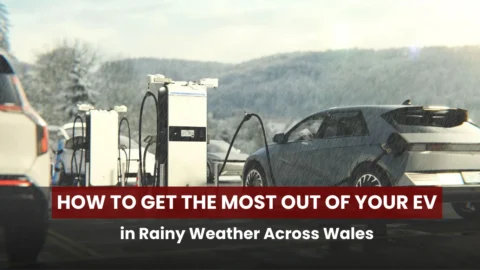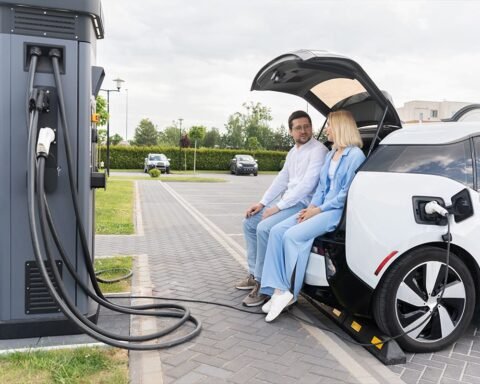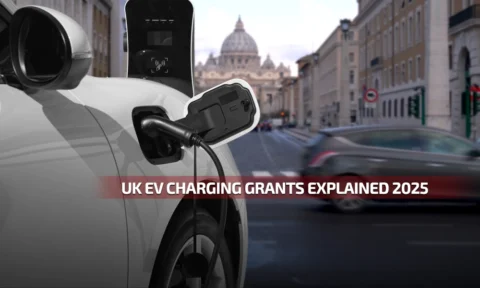In this blog, we have brought you five electric cars that qualify for the federal tax credit in 2025, but also stand out in performance, range, and value.
The electric vehicle (EV) market has grown manifold in the past few years, and with it, the federal tax incentives have also changed.
Multiple electric cars qualify for the federal tax credit, offering consumers substantial savings. So let me show you the 5 EVs that we have on our list today.
Note: Always consult with tax professionals or official resources to ensure eligibility and maximize benefits.
Let’s Understand The Federal Tax Credit for Electric Cars in 2025
Before diving into the top picks, it’s essential to grasp the basics of the federal tax credit:
- Credit Amount: Up to $7,500 for new EVs.
- Eligibility Criteria:
- Manufacturing: Final assembly must occur in North America.
- Battery Components: A significant percentage of battery components must be sourced from the U.S. or its free-trade partners.
- Income Limits: Adjusted gross income must be below $150,000 for single filers and $300,000 for joint filers.
- MSRP Caps: $55,000 for cars and $80,000 for SUVs, trucks, and vans.
These criteria aim to promote domestic manufacturing and ensure that the benefits reach a broad consumer base.
Top 5 Electric Cars That Qualify for the Federal Tax Credit in 2025
Tesla Model Y
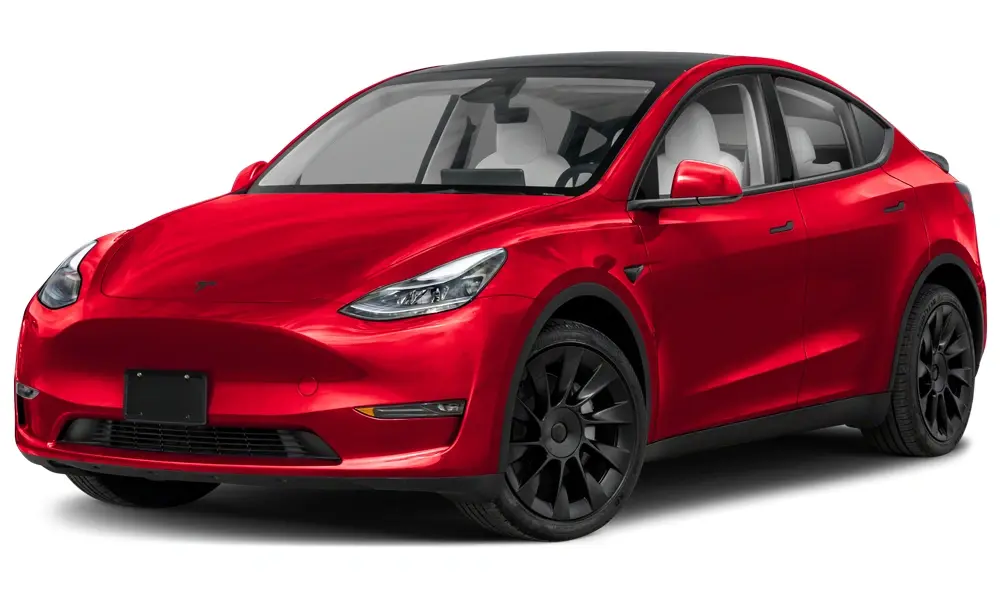
The Mainstream King with Tax Perks to Match
Tesla might not be the scrappy disruptor it once was, but the Model Y continues to dominate EV sales for a reason.
It’s practical, quick off the line, and loaded with tech—even if the yoke steering wheel still divides opinions.
In case you are looking for long-range EVs, Tesla’s Model 3 has your back as well. Even though I never liked EVs, I cannot deny the range Tesla provides for its customers, and the environmental factor is always there.
Why does it qualify?
The Model Y meets all the updated federal requirements, including North American final assembly and eligible battery components.
What you save:
Up to $7,500 in federal tax credit.
Why it’s worth it:
With a driving range of up to 330 miles, access to Tesla’s exclusive Supercharger network, and constant software updates, the Model Y delivers real-world EV convenience.
And with the new base trim pricing dropping below $45K, it’s a smarter buy than ever.
Chevrolet Equinox EV
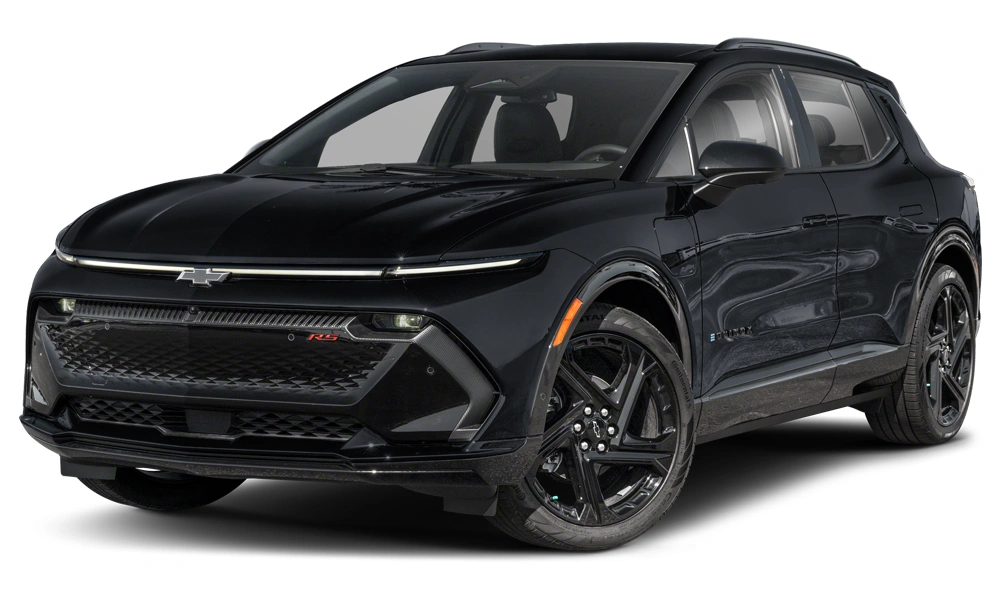
Chevy’s Affordable Entry That Doesn’t Feel Cheap
If you’re not quite ready to splurge on a luxury EV but still want space, range, and good tech, the Equinox EV is your friend.
It’s GM’s shot at making electric accessible for families—and it’s aiming right at the sweet spot.
Why it qualifies:
Built in North America and powered by U.S.-sourced battery components, the Equinox EV checks the federal tax credit boxes.
Tax benefit:
Eligible for the full $7,500 credit.
Why it’s worth it:
With a projected starting price around $35,000 and an expected range of over 300 miles, this is a well-rounded EV with mainstream appeal. Bonus: GM’s Ultium platform means faster charging and future-ready tech.
Ford F-150 Lightning (Select Trims)
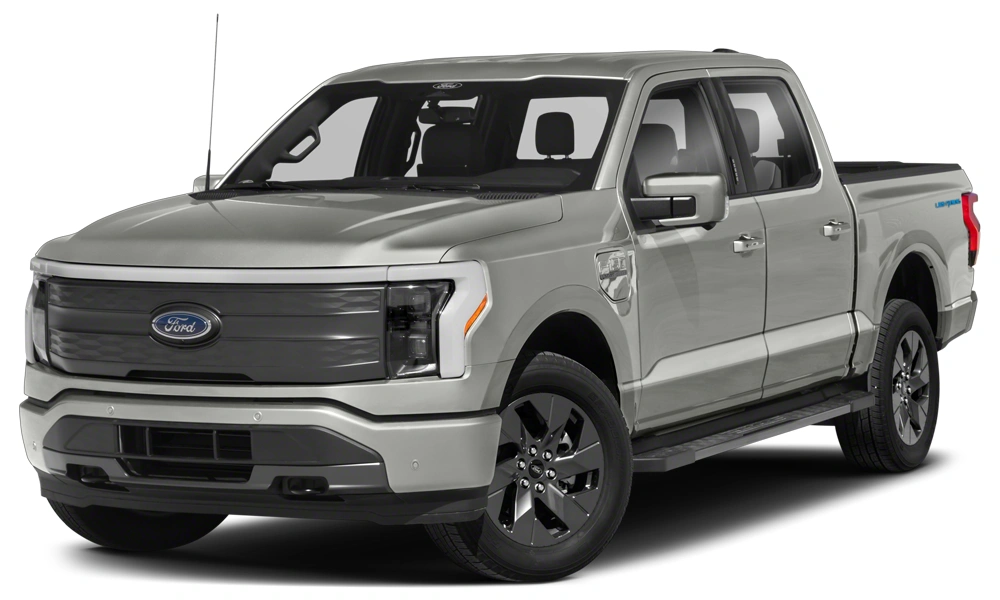
Because Truck Guys Deserve Tax Breaks Too
America loves its trucks—and thanks to Ford, you can still get your torque fix without burning fuel.
The F-150 Lightning is more than a gimmick; it’s a full-on workhorse with electric guts.
Why it qualifies (but not all trims do):
Only certain trims make the cut due to MSRP and component sourcing caps. Check Ford’s site or your dealership to confirm which versions are eligible.
Potential savings:
Up to $7,500, depending on the configuration.
Why it’s worth it:
This thing can power your house in a blackout, tow like a beast, and hit 0–60 in about 4 seconds. It’s the EV that wins over the skeptical uncle at Thanksgiving.
Chrysler Pacifica Plug-in Hybrid
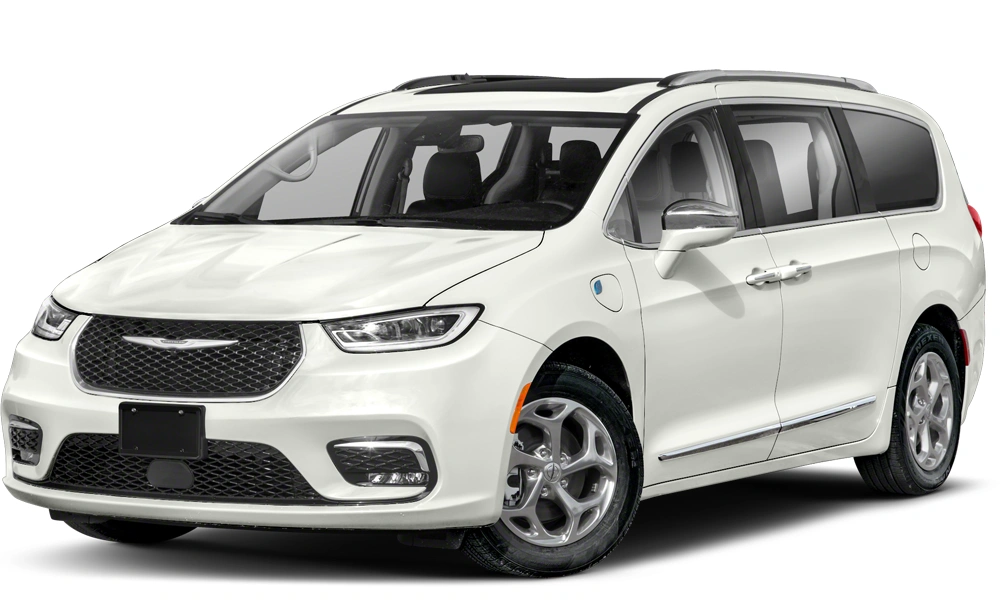
The Only Minivan That Gets You a Credit
Okay, not a full EV—but worth including. The Pacifica Plug-in Hybrid is perfect for parents who want electric efficiency without losing range or practicality.
Why it qualifies:
This one meets all the criteria under the plug-in hybrid allowance. If you’re not ready to go full EV, this is a nice middle ground.
Tax credit:
You may qualify for up to $7,500 if your income and usage meet the requirements.
Why it’s worth it:
You get about 32 miles of electric-only range—perfect for daily school runs or errands—and the flexibility of gas backup for road trips. It’s the only minivan that gets you a federal tax reward.
Cadillac Lyriq
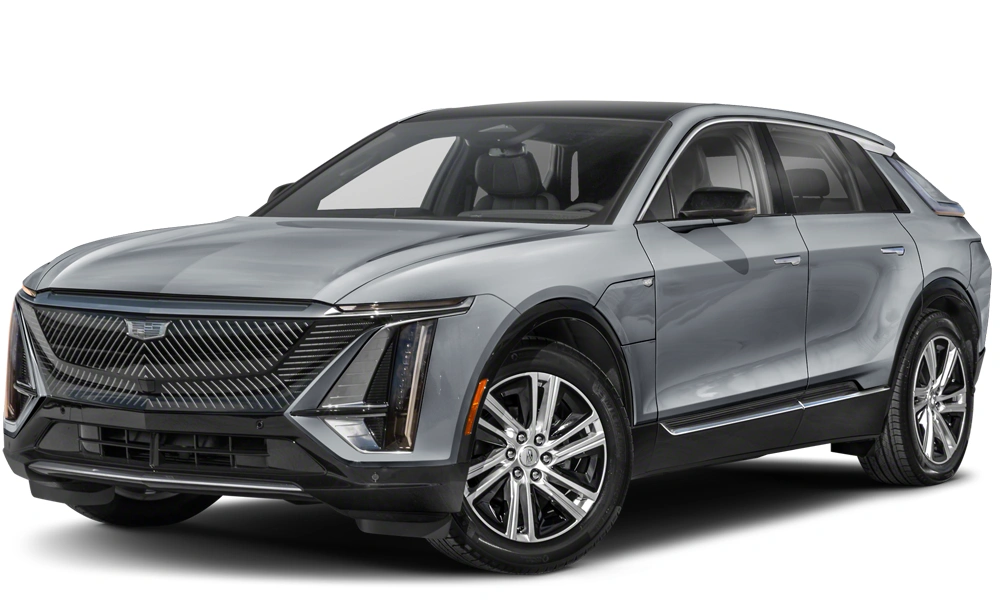
Luxury That Pays You Back
Cadillac’s entrance into the EV space isn’t just stylish—it’s serious. The Lyriq is a sharp crossover with futuristic design and real luxury chops.
Why it qualifies:
GM manufactures it in Tennessee, and it meets battery sourcing requirements.
Federal incentive:
The full $7,500 applies here too.
Why it’s worth it:
For under $60K, you get over 300 miles of range, a whisper-quiet cabin, and a premium badge.
If you want an EV that feels like a spaceship but still qualifies for government love, this is it.
Maximizing Your Federal Tax Credit Benefits
To ensure you reap the full benefits of the federal tax credit:
- Verify Eligibility: Confirm that the specific trim and configuration of the vehicle qualify.
- Consult Professionals: Engage with tax advisors or dealership experts familiar with EV incentives.
Stay Updated:
Regulations and eligible models can change; regularly check official resources like the IRS or Department of Energy websites.
Conclusion
This year, there’s a diverse range of electric cars that qualify for the federal tax credit, which means there are all the more options for people to choose from based on their preferences and needs!
When you understand the eligibility criteria and stay informed, it becomes easier to make choices that are both environmentally friendly and economically advantageous for you.


